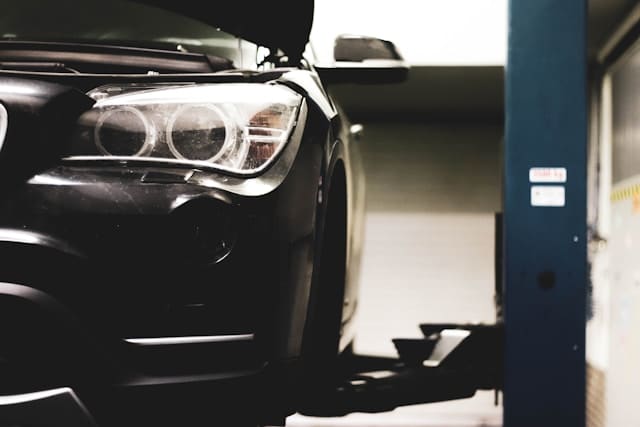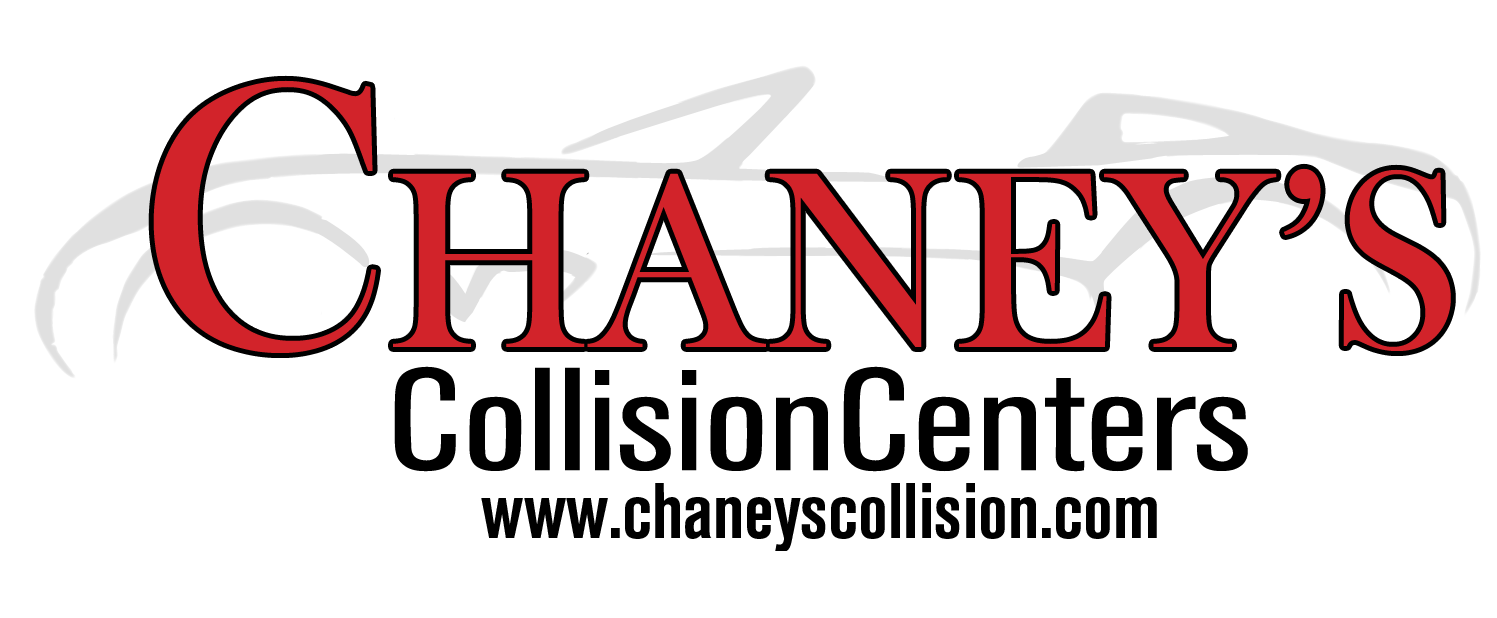End-of-Lease Car Repairs: What’s Really Needed?
 Handing back your leased car can bring unwelcome surprises if you’re unprepared for the inspection—and the bills that might follow.
Handing back your leased car can bring unwelcome surprises if you’re unprepared for the inspection—and the bills that might follow.
At Chaney’s Collision Centers, we’re all about saving you stress and money by clarifying which repairs are essential and how to avoid common pitfalls. Here’s what drivers really need to know to breeze through end-of-lease returns and avoid inflated charges.
Understand “Fair Wear and Tear” Standards
Leasing companies use strict criteria to determine what constitutes normal use versus unacceptable damage. “Fair wear and tear” generally covers small stone chips, light scuffs, and minor upholstery fading. Issues beyond that—deep scratches, large dents, bumper scuffs, or cracked glass—usually trigger extra fees that often far exceed the true cost of repair.
Key areas under scrutiny:
- Bodywork (dents, deep scratches, panel alignment)
- Bumpers and paintwork
- Alloy wheels (curb rash, deep scuffs)
- Windscreen, windows, lamps, and mirrors (cracks and chips)
- Tyres (tread depth, sidewall condition)
- Interior (seats, dashboard, carpets—stains, tears, burns, odours)
- All accessories and controls (audio, electronics—must work)
What Repairs Are Absolutely Necessary?
1. Cosmetic Body Repairs
Minor scratches, dings, and bumper scuffs are the most frequent culprits for end-of-lease charges. While small, shallow marks are often accepted, anything through to the metal, large dents, or peeling paint will almost certainly be billed unless you repair it first.
2. Alloy Wheels and Tyres
Curbed alloys or significant scrapes are easy fixes with modern refinishing techniques. Check tyres for legal tread depth and absence of bulges or cracks; mismatched or bald tyres routinely result in penalties.
3. Interior Condition
Remove stains, repair tears, and eradicate stubborn odours. Anything beyond reasonable wear—such as cigarette burns, cracked dashboards, or damaged seats—can bring costly consequences.
4. Glass, Lights, and Mirrors
Even minor chips or cracks in the windscreen, lights, or mirrors must be addressed. Damage in these areas often means automatic charges by lease inspectors.
What’s Usually Not Required?
You’re not expected to deliver a showroom-fresh vehicle. Acceptable wear includes:
- Small stone chips and superficial scratches
- Interior wear that doesn’t affect appearance or function
- Light alloy wheel scuffs within published guidelines
Always compare your car’s condition to the lease company’s fair wear and tear guidelines—these set expectations and can be obtained from most lessors.
How to Prepare (and Save Money)
- Inspect early: Start reviewing your car 10–12 weeks ahead of the end date to allow time for repairs.
- Deep clean inside and out: A clean car looks newer, making minor blemishes less obvious.
- DIY or professional repairs: Small touch-ups can often be done yourself, but significant dents, paintwork, and interior fixes are best left to trusted pros like Chaney’s Collision Centers for guaranteed results at a lower cost than major lease firm charges.
- Keep all accessories: Return all keys, mats, manuals, and accessories to avoid unnecessary charges.
- Document everything: Take dated photos after cleaning and before handing over the vehicle for your records.
Conclusion
End-of-lease car repairs don’t have to be a financial minefield. By focusing on the issues that leasing agents scrutinize most—cosmetic damage, wheel and tyre condition, interior wear, and all glass and equipment—you can sidestep inflated charges. When in doubt, Chaney’s Collision Centers stands ready to help you return your lease car in top condition, saving you both money and hassle. Take proactive steps and you’ll hand the keys back with confidence—not anxiety.

